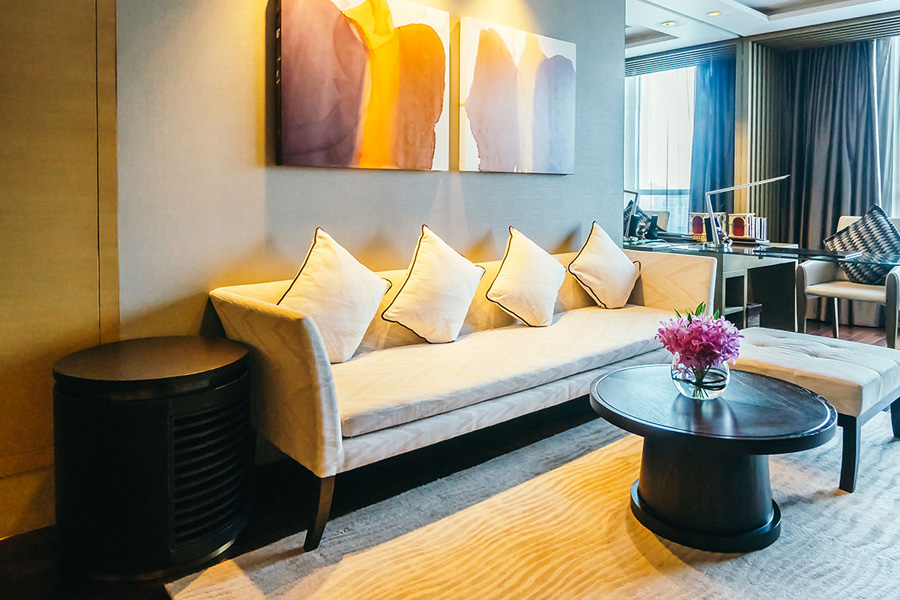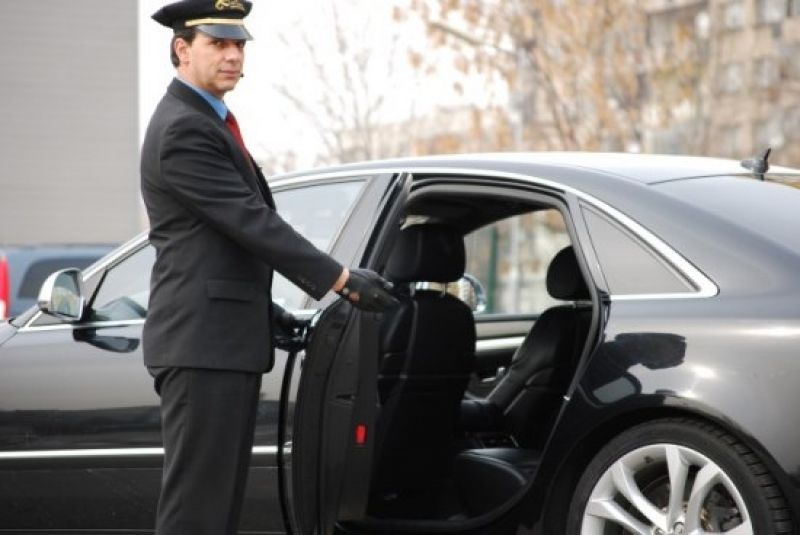The FF&E Procurement Process Explained: From Budgeting to Installation
June 18, 2025FF&E Furniture, Fixtures, and Equipment may sound like plain jargon, but it quietly shapes how hotels, offices, hospitals, and schools look and work day to day. Buying all that gear, however, is never as simple as it seems; the task demands tight budgeting, steady communication, and solid logistics.
The article that follows guides you step by step through the whole procurement journey. Pointing out each phase, the hurdles you might hit, and the handy tips that keep planning, delivery, and installation on track.
What, exactly, is FF&E procurement?
Put plainly, it bundles everything that can be moved outside the building’s core structure.
Think of things like these:
· Furniture
Comfy chairs, sturdy desks, welcoming sofas, small and large tables
· Fixtures
Warm lighting, neat window treatments, and practical built-in storage
· Equipment
Kitchen appliances, office electronics, or specialised medical machines
FF&E Procurement is simply the planned way to find, buy, and set all that gear within the deadline and dollar limit you agree upon.
Step 1: Budgeting and Scope Definition key activities:
- Pin down what the project needs: hotel rooms, a bustling lobby, or a quiet classroom
- Set quality levels, list trusted brands, or note specific specs that the items must hit
- Draw up a detailed FF&E timeline a schedule that links each delivery to the overall build
Tips:
- Partner closely with designers and project leads so nothing slips through
- Remember to add soft costs, design fees, freight, insurance, and the like
- Leave room in the budget for surprises, then keep an eye on the fund until the last piece is unpacked
Step 2: Design Coordination and Specifications
Key Activities:
- Ensure FF&E selections coordinate with the interior design theme and project branding
- Render itemised specifications, including materials, finishes, dimensions, and color palettes
- Finalise quantities by space layouts
Tips:
- Use mood boards and sample review sessions for design specification alignment
- Always document all product specifications and put them into a procurement schedule
Step 3: Vendor Selection and Sourcing
Key Activities:
- Send out RFPs (requests for proposals) to vendors or manufacturers whose track record is vetted and approved
- Scrutinise the submitted quotations, lead times, warranty terms, and service agreements
- Negotiate on price and discounts based on volume
Tips:
- Screen suppliers on account of their past performance and references
- Make certain that the suppliers will meet both the project deadlines and the quality standards of the project
- Ensure diversification of suppliers as a mitigation against risks
Step 4: Order Management and Logistics
Key Activities:
- Place goods purchase orders and confirm the agreed production timelines
- Track/onward shipping arrangements, delivery times with site readiness
- Manage storage if items arrive shortly before installation or completion.
Tips:
- Use project administration software for order pursuit
- Consolidate shipments to save on transportation costs
- Ensure all items are safeguarded during transportation
Step 5: Installation and Final Handover
Key Activities:
- Coordinate with comprehensive contractors to schedule the establishment
- Assemble, inspect, and establish all FF&E items by floor plans
- Address any damage, defects, or mismatches
Conclusion:
From calculating to installation, each stage must be handled accompanying professionalism to prevent delays, cost overruns, or mismatches in design intent. By following an organised FF&E procurement process, you guarantee that your project not only looks great but functions capably and delivers unending value.











